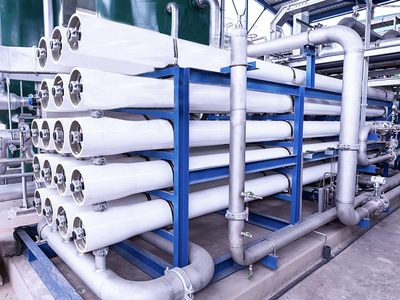Addressing PFAS Contamination in Drinking Water: Navigating the New Federal Drinking Water Rule
Due to their widespread presence in the environment and potential health risks, per- and polyfluoroalkyl substances (PFAS) have emerged as a significant topic of concern in recent years. As regulatory agencies work to tighten controls, the introduction of a new federal maximum contaminant level (MCL) for PFAS in drinking water underscores the urgency for effective water treatment solutions. We will explore the [...]

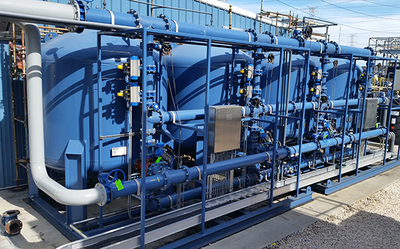

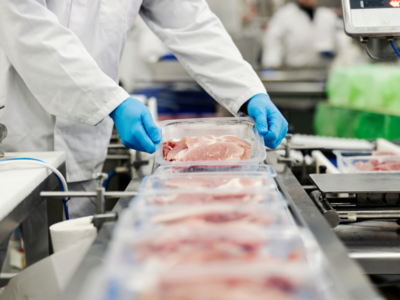
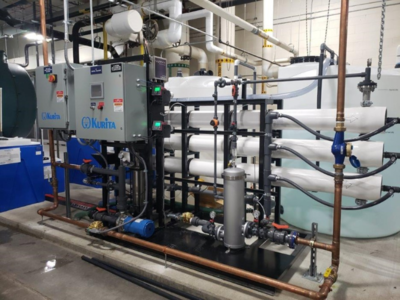
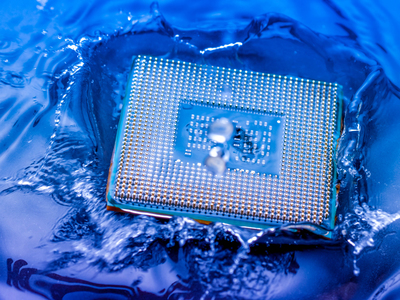
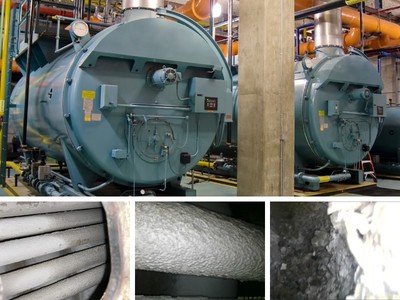
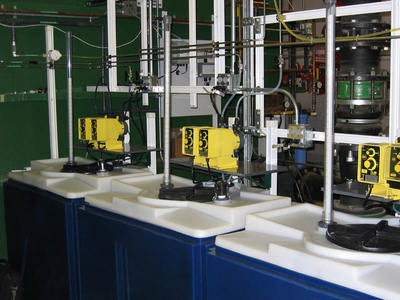
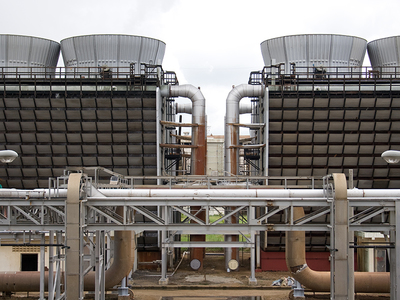
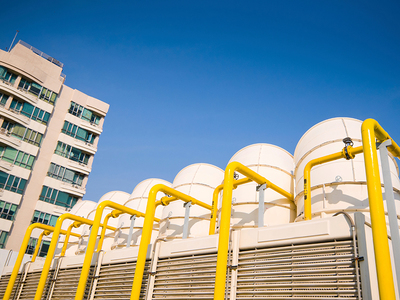

_reg.png)
